- Strawberry Begonia: When Is The Perfect Time To Propagate It? - August 15, 2021
- Beefsteak Begonia: Everything You Need To Know About It - August 12, 2021
- Ficus Altissima: How To Identify This Plant From The Ficus Family? - August 2, 2021
Move over, fiddle-leaf. There’s a new trendy fig tree taking the decor world by storm. We’re talking about the Ficus Altissima, also known as the “lofty fig”.
With a maximum growing height of around six feet, this tree fits beautifully in almost any space. A cousin of the ever-popular and low-maintenance rubber tree, it’s a go-to for homeowners who want to display a little greenery but don’t exactly have a thumb that matches.
Are you looking to spruce up your interior with an elegant conversation piece? This could be the addition you’ve been looking for. Today, we’re sharing the ultimate Ficus Altissma growing guide so you can help yours thrive!
How to Identify Ficus Altissima
A Ficus Altissima is a type of mid-sized houseplant. In addition to lofty fig, you may have also heard it a council tree or Asian council tree. While it may have a variety of different monikers, one thing’s for certain: This beautiful, lush tree might look sophisticated but it’s delightfully easy to grow and maintain.
While you can grow this tree indoors, it can also grow in the wild. Left untamed, this large, evergreen tree can grow to heights of up to 30 meters or more! Its crown spreads out beautifully, and you’ll often find more than one, buttressed trunk growing at its base. It features smooth, gray bark offset by light brown pustules.
While Fiddle-Leaf Fig trees have amassed quite the popularity in recent years, it’s no secret that they’re infamously fickle. Unless the growing conditions are exactly right, you’re more likely to see drooping, brown leaves than the filter-rich images splattered all over Instagram.
Thankfully, Ficus Altissimas give you everything you love about fiddle leaves, but without any of the drama or stress. Like other varieties of Ficus trees, they feature sleek, variegated leaves that showcase yellow, lime green, and dark green hues. If you maintain yours well, you’ll be rewarded with yellow-orange flowers that can either grow solitarily or in pairs. Concealed inside the leaves’ axils, they bloom inside special receptacles that will produce orange/red figs after pollination.
Note that although these figs are beautiful, they aren’t usually intended for consumption. They’re hard and unpalatable, so most people simply grow them for ornamentation!
How to Grow Ficus Altissima From Seed
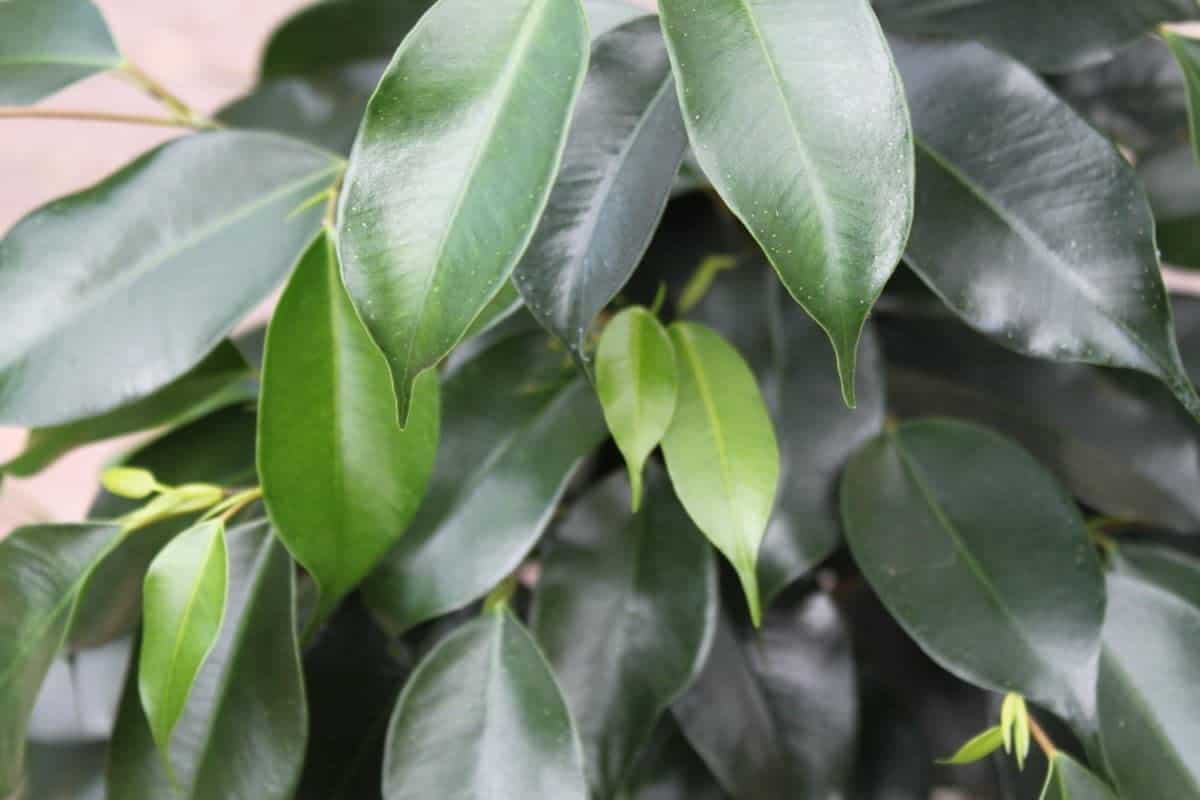
Growing a Ficus Altissima from seed requires patience, dedication, and hard work. Here are the general steps to follow:
- Fill a good-sized planter with potting soil.
- Scatter your chosen number of seeds on the surface of the soil.
- Add a very light layer of soil on top, allowing the seeds to breathe and germinate.
- Water the soil until it’s just slightly moist, but not soggy.
- Cover the seeds with plastic (e.g. a freezer-sized Ziploc bag over the pot).
- Monitor the soil routinely to make sure it doesn’t dry out.
Place the seeds in a bright spot that doesn’t get a ton of direct light. A windowsill will work fine. If you prefer to use a grow light, then try to keep the seeds between 75 and 85 degrees Fahrenheit. You should notice initial germination between 15 and 90 days. As soon as you see sprouts pop up, you can take off the plastic cover.
How to Propagate Ficus Altissima
Love your Ficus Altissima so much that you want to make a couple more? There are a few different ways you can propagate a Ficus tree, including:
- Tissue cultures
- Stem cuttings
- Air layering
- Seeds
While all of these are possible, not all are realistic. For instance, it can be difficult to find fertile Ficus seeds unless you live in a tropical location. The seeds that fall from normal houseplants are usually infertile. Plus, most varieties require a special fertilization process that utilizes parasitic fig wasps. That’s not exactly a practice that you want to pursue on your own!
Similarly, tissue culture fertilization must be done in a sterile lab, using plugs of plant tissue. This is a complex process, usually done only to create a substantial amount of new plants for commercial use. Then, there’s air layering.
A practice usually reserved for ornamental Ficus plants, it requires inflicting a wound on an upper branch and then packing sphagnum moss around it. A new sprout forms where the wound once was. When it’s healed, the entire section is removed as a new Ficus plant.
Looking for something a lot less complicated? Simply take stem cuttings! If you have a cutting that’s displaying green growth at its tip or base, then go ahead and place it in well-drained potting soil. Cover it with clear plastic wrap to mimic a greenhouse effect. You can also place the cutting in a glass of water until it establishes a root system, and then replant it.
Ficus Altissima Growing Conditions
Your new tree needs lots of humid, warm temperatures. After all, it originated in the tropics! Once you’re certain that you can provide the right growing space, your next step is to make sure your soil is well-draining. For this reason, we don’t recommend planting your Ficus Altissima in a low-lying plain that gets a ton of rain and sees frequent flooding.
How to Plant Ficus Altissima
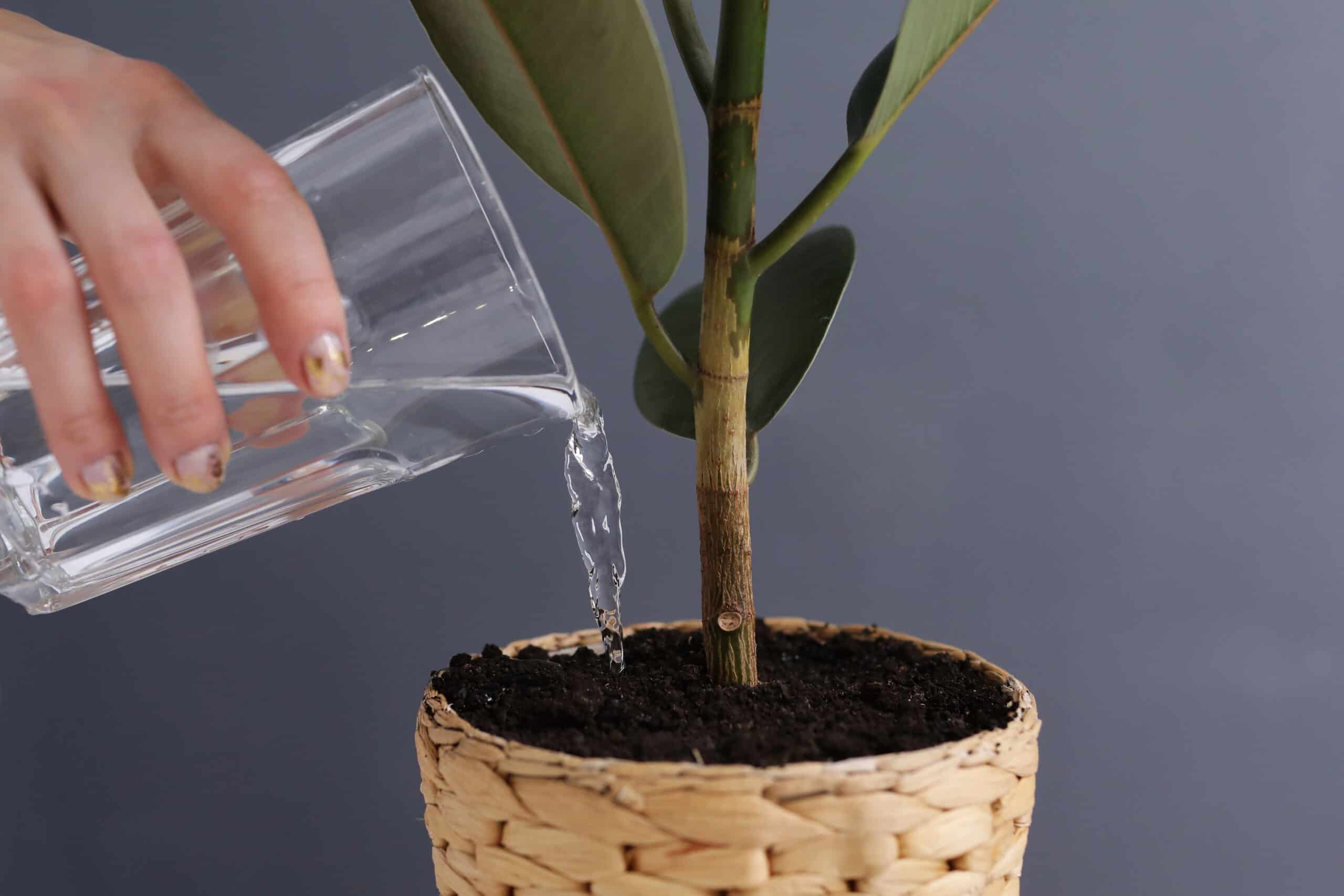
If you decide to plant your Ficus Altissima outdoors, then the next step is understanding when and how to transplant it. Most likely, you’ll buy it at a greenhouse in a container, so this is an important step that you can’t skip.
First, watch your tree for signs of new growth. This will usually occur in late spring. Once you notice tiny shoots forming, you can take the tree outside to plant it. Dig a hole for the root ball that’s just slightly bigger than the ball itself. As you prepare this space, try to keep the dimensions the same as they were in the container.
If you’re planting yours indoors, here are the steps to follow:
- Choose a container that’s about two to three inches bigger than your current one.
- Fill the container with potting soil.
- Create a hole just slightly larger than the plant’s current root ball.
- Remove the plant from its container, being careful to preserve the root system.
- Set the plant in the hole provided in the soil.
- Pack soil around the root ball to keep the plant in place.
- Water the plant and place it in a sunny spot.
Ficus Altissima Potting and Soil
Note that a Ficus planted indoors will be much smaller than one that’s allowed to grow outside. You can help yours look its best by starting with the right potting mix. Make sure it’s well-draining, loamy, and designed for indoor houseplant use. If you need to enhance its draining capabilities, then you can always add a little perlite or vermiculite to the mix.
Prefer to make your own soil blend? A well-draining soil mixture contains about three parts loam, one part sand, and one part peat. Choose a deep pot and make sure there are drainage holes at the bottom for water to escape. If the pot you choose doesn’t have holes, then you can always use a drill to add them.
If you’re planting your Ficus outdoors, then you might still prefer to augment the soul. This might simply be natural soil mixed with compost, or you can also add one cup of superphosphate to each square yard of soil to encourage healthy root growth.
Note that while these supplements can help kick off a healthy life for your tree, they’ll be for naught if it’s planted in swampy ground that always stays wet. It’s helpful to amend your soil, but it’s even more important to choose a spot that drains naturally, and well.
Ficus Altissima Water Requirements
If your Ficus Altissima is outdoors, then water it deeply at the first planting. While it’s still young and maturing, commit to watering it two times per week to make sure the water stays moist. From there, you can monitor the weather and give it a good, deep soak any time that the ground feels particularly dry. You can measure the first two inches with your finger to check.
What about indoor container plants? These need water too, but your approach will vary a little. In the dry summer months, water your plant once a week with room-temperature water. You’ll know it’s time to stop adding water when it drains out from the bottom of the pot. Discard any excess water that flows out and do not allow the plant to sit in the puddle.
Allow the soil to dry a little between weekly waterings. If you notice any leaves that have dropped or turned yellow, then this may be a sign that you’re giving your plant too much or too little water. Monitor it for a few days to see what it needs. Still not sure what’s to blame for your floppy foliage? Feel the root ball.
If it feels soggy, then you’re over-watering and need to cut back a little. If it’s dry, then you have the opposite issue. Try watering more frequently and see if you notice a difference. Homeowners with high humidity levels might not need to water as often, while those whose homes get a lot of natural light may need to water even more.
Ficus Altissima Light Requirements
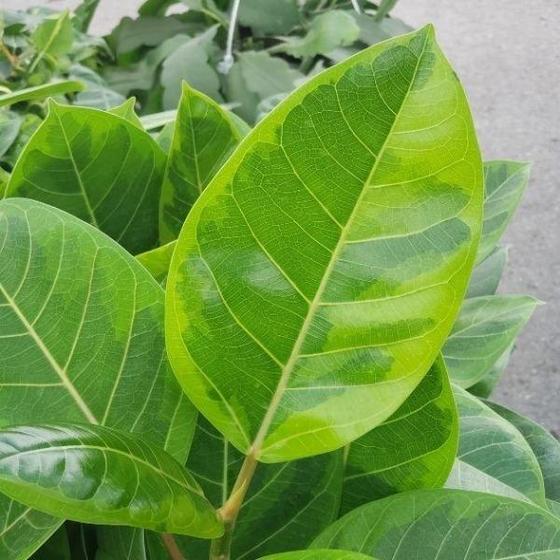
If you’re growing your Ficus Altissima indoors, then you should be fine to place it near a window. This way, it will get plenty of strong, direct light in the summer, as well as diffused, moderate light when the temperatures start to dip. To keep the growth well-balanced, remember to turn the pot every so often!
Unlike indoor plants, outdoor Ficus trees don’t need full sun all year round. Choose a spot that’s partially shaded to give it a little relief. The perfect environment would be a tree-lined yard that gets intermittent bouts of sunlight throughout the day.
Make sure you give it plenty of room to encourage full growth! At the very least, aim to allow at least 30 feet on all sides of your plant.
Best Ficus Altissima Fertilizer
We’ve already covered the ways you can enrich and supplement your soil as you first plant your Ficus Altissima. However, don’t stop there! Fertilizing your soil each year is a great way to make sure that it stays nutrient-rich.
When planning your fertilizer schedule, set aside time in the summer to perform this task. This is considered the active growth period for your Ficus, and you should notice new shoots and leaves appear. You don’t have to invest in a fancy, advanced fertilizer to get the job done. A general-purpose solution will do the trick, but it’s too strong on its own.
Dilute it to half-strength and fertilize it about once a month during those hot summer months. Once you notice that the active growth period has stopped, then you can eliminate this step until the next year. You don’t have to fertilize your Ficus Altissima in the winter!
Best Ficus Altissima Companion Plantings
As a whole, the Ficus genus isn’t very cold-hardy. For this reason, most homeowners choose to plant them indoors, where they can experience more tolerable levels of light and heat. Love the look of a Ficus but want to liven up your landscaping? If so, here’s a list of plants that resemble Ficus trees but are much more tolerant to the cold!
As you make your plans, you may wonder which plants will make excellent companion plantings to your new Ficus Altissima. If you plan to keep yours in pots, then consider a Variegated Pothos. This similarily-hued green and yellow plant makes happy company with almost any Ficus.
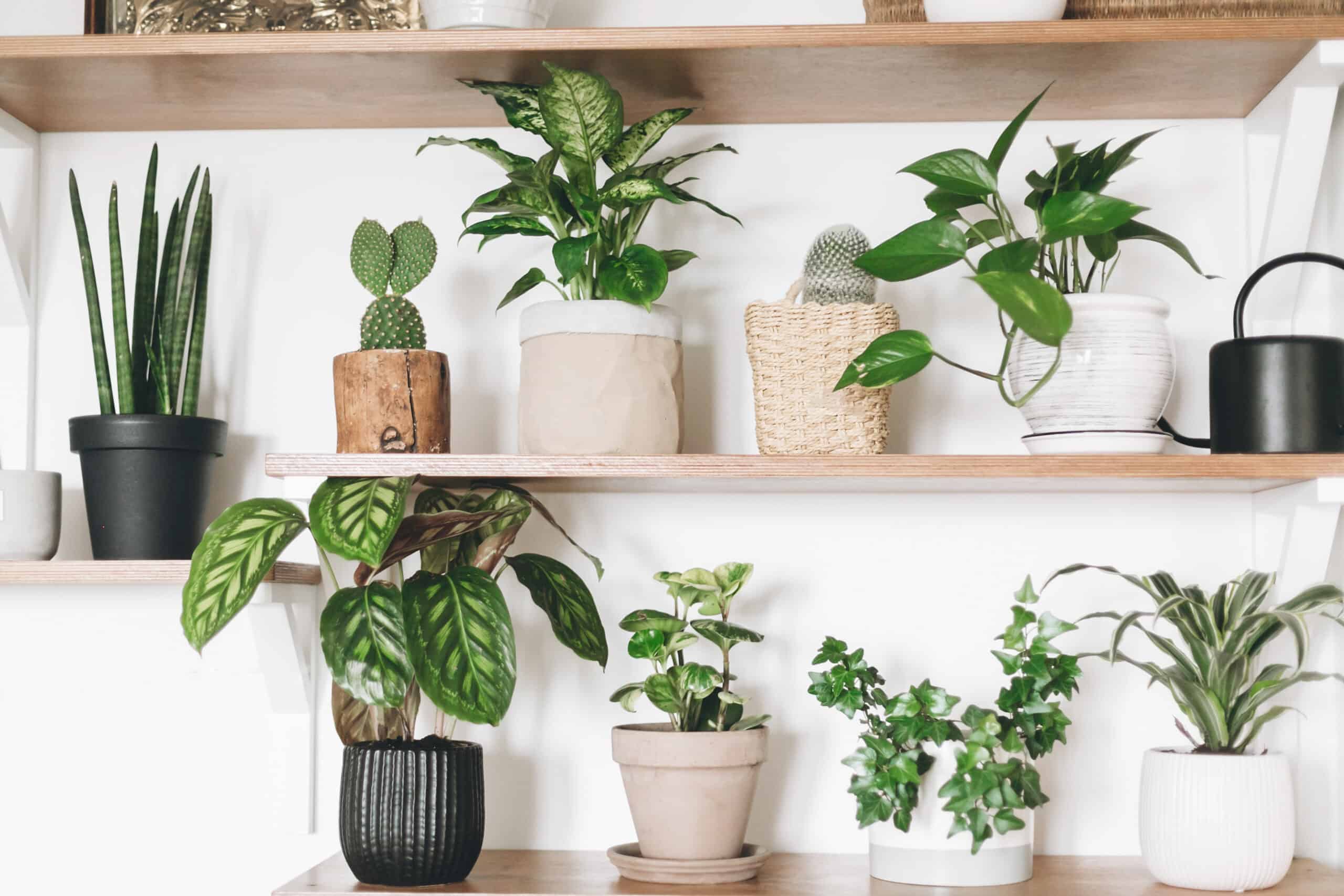
Or, you could also consider planting another variety of creeping figs, such as Ficus Pumila. In contrast to its larger cousins with woodier stems, this plant features dainty leaves and prefers to grow in a vining pattern. It would look beautiful as a ground cover in larger pots!
Ficus Altissima Diseases and Common Problems
You did everything right. So, why does your Ficus Altissima look so unhappy? There are a few telltale signs that something’s wrong with your green buddy. Here are a few of the symptoms to look out for, as well as what to do about them.
Leaves Dropping
Does it seem like you’re always walking by your Ficus tree and picking up fallen yellow leaves? This genus is known for that bad habit, and it happens mostly after changes occur to the growing environment.
If you recently rearranged your living room and moved your plant to a new location, that single act alone could cause the leaves to drop. If this is all that’s going on, then the tree should adjust shortly.
Branch Dieback and Anthracnose
There are a few illnesses that love to invade a Ficus tree. Two of these are branch dieback and anthracnose.
Branch dieback is the progressive death that occurs to twigs and branches on a tree. It usually starts at the tip and spreads to the base. Anthracnose is a type of fungal disease that usually attacks a plant’s leaves and twigs. It can cause dark, unhealthy lesions to form on affected areas.
Spider Mites, Scale, and Mealybugs
In addition, it’s also helpful to know which types of pests tend to infiltrate Ficus plants. A few of the most common ones include:
- Spider mites
- Mealybugs
- Scale
One of the most visible signs that a pest has gotten ahold of your Ficus Altissima? Look for translucent “sap” dripping from the leaves of your houseplant. In contrast to the milky white sap that the plant naturally produces, this is actually honeydew from a pest! It’s a definite sign that you’re dealing with an infestation.
Ficus Altissima Treatments and Maintenance
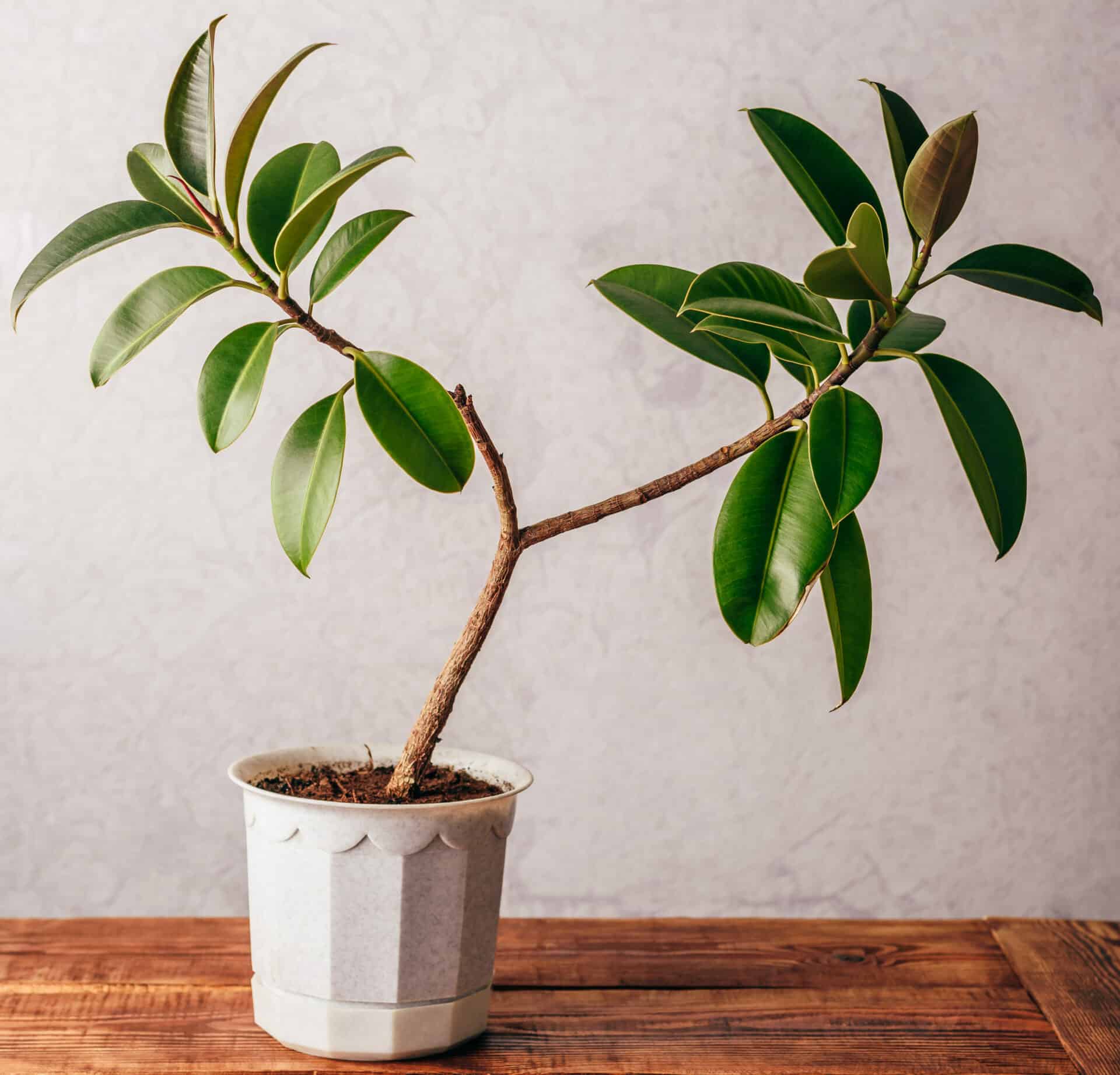
This isn’t a Bonsai tree. You don’t need to sit by your Ficus Altissima for hours, carefully snipping it to perfection. However, it might need a little cleaning up every so often, and it helps to know how to do it. Here are the steps to take when you need to address the issues above.
Leaves Dropping
If you didn’t move your plant but it’s still dropping its leaves, then consider the season. Natural light streams through your house at different angles and degrees depending on the time of the year. Your Ficus might be reacting to a change in those light conditions.
Try to learn your Ficus tree’s habits and adjust your care approach if something looks amiss. Overwatering or under-watering can also cause the leaves to turn yellow and fall.
Branch Dieback and Anthracnose
Both of these issues can be traced back to one improper watering technique: overhead watering. This simply means watering from over the plant’s head. This action can get its leaves wet and leave them susceptible to unwelcome invaders.
To avoid these issues, water your plant at its base. This way, the water can sink and reach the roots, rather than form a puddle on a leaf.
Spider Mites, Scale, and Mealybugs
If you notice any of these pests, rest assured that there is a natural, effective fix. Many avid gardeners recommend applying neem oil to the plant to combat the creepy crawlers!
Plant Maintenance
This is a personalized task that you can approach in your own way. The purpose behind pruning is to keep an indoor Ficus plant small and shape its canopy. You can also prune your outdoor Ficus if you notice that its shape is getting wild and you’d prefer a cleaner, neater look.
Try to prune your tree in late winter or early spring, before the first signs of new growth appear. The only piece of equipment you should need is a solid pair of pruning shears, though it’s smart to wear gardening gloves. Ficus trees have a latex sap that can irritate your skin.
When making a new cut, direct your scissors right above a leaf node or a branching stem. This way, any new growth will occur below the fresh cut. Throughout the year, you’re free to clip away any dead branches that you notice on your indoor or outdoor plant. Doing so will not harm your Ficus and will open up new space for fresh growth.
Where to Buy Ficus Altissima Seeds Online
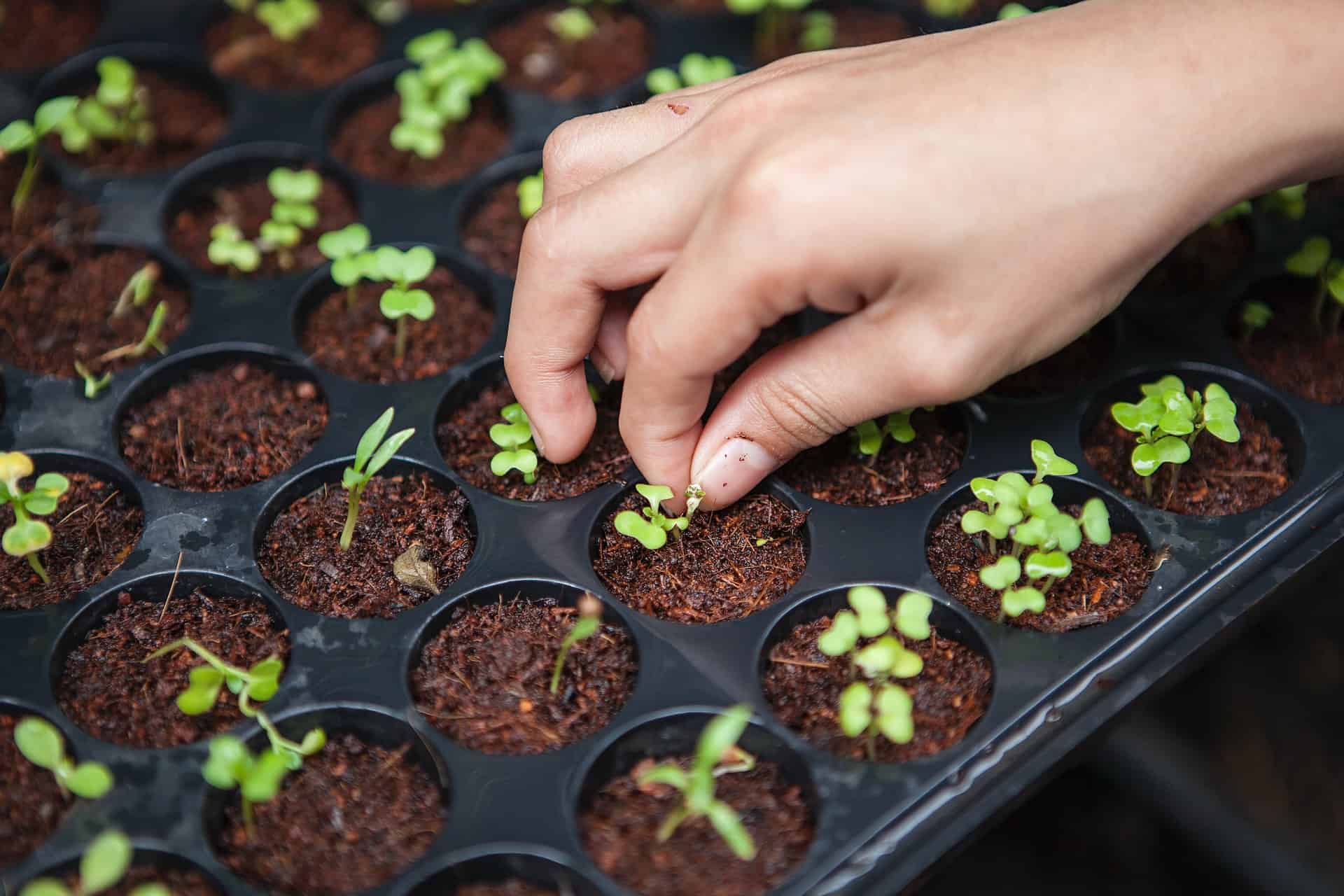
Ready to add a new plant buddy to your home? If so, it’s easy to source Ficus Altissima seeds online.
Start by checking out Plant World Seeds. Here, you can buy a packet of about 20 already-cleaned seeds. In addition, you can also buy these seeds right off Amazon! Featuring a much larger packet of around 200 seeds, this listing is from the brand Buy Rare Seeds.
Plantflix is another online retailer that sells Ficus Altissima seeds.
Where to Buy Mature Ficus Altissima Online
Want to skip the seeds and jump straight to the finished product? You can also buy mature Ficus Altissima trees online! Searching for the plant name on Etsy can reveal a few helpful listings, such as this one.
You can also expand your search by checking out other online retailers, such as:
FAQs
Question: How Fast Does a Ficus Altissima Grow?
Answer: Ready to start seeing some action? You won’t have to wait long with this plant! It’s a fast-growing Ficus variety that rewards eager homeowners with regular new growth.
To make sure yours stays on track, be sure to supply it with the daily essentials that it needs. These include:
• An adequate water supply
• Warm, sunny temperatures
• Sufficient light
• Room to grow
In a few weeks, you should start noticing your plant taking beautiful shape!
Question: How Do You Shape a Ficus Altissima?
Answer: Holding your pruning shears and don’t know where to start? First, look at your overall tree and take note of any areas that look like they need trimming. If it’s just too tall, then that’s relatively easy to handle. However, if you want to give it a more shapely look, then take the time to think about (or sketch out) what you want it to resemble.
To help your new cuts blend in and look less obvious, cut each branch back to another branch that is similar in size. This way, you aren’t left with unsightly, nubby spots and you can easily restore the look and size of your Ficus.
Question: What Is the Lifespan of a Ficus Tree?
Answer: When you invest time, money, and energy into your Ficus Altissima, you want to make sure that you’ll be able to enjoy it for years to come.
Thankfully, you’ll have plenty of time to do so! When cared for properly, these trees can last up to 20 years or longer! Make sure to check on them routinely to see if they have everything that they need. Neglecting your plant is the easiest way to catalyze decline.
Question: Does a Ficus Altissima Need a Certain Temperature?
Answer: Yes! Ficus trees do not respond well to low temperatures, and they cannot withstand drafty conditions. For best results, they need to be kept in temperatures above 60 degrees Fahrenheit (or 16 degrees Celsius). While this is the bare minimum, they actually prefer a little more than that!
Ideal temperatures are above 70 degrees Fahrenheit (21 degrees Celsius). If you notice that yours appear to be in distress, consider if they might be near a cool, drafty spot. Even areas with lots of sunshine can get too much air from windows or doors. To avoid this issue, place your planter where it’s far from such areas.
Question: Do Ficus Trees Like Humidity?
Answer: This is a question that has perplexed many homeowners. Let’s set the record straight. Yes, your Ficus tree does prefer humid conditions.
For this reason, we recommend misting your plant regularly to keep its roots and leaves healthy! You can also set your planter on a pebble tray that’s filled with water. The only caveat? While humidity is great, dampness is not.
Your Ficus Altissima will not like its roots being overly damp. Always check the top two inches of soil before you water. If they already feel moist, then you do not need to add any more.
Help Your Ficus Altissima Thrive
Houseplants are a great way to liven up space! They can also improve the air quality in your home and even lift your mood! If you’re looking for a lowkey one to try, then a Ficus Altissima is an excellent choice.
In this growing guide, we’ve shared a few of our top tips to help your plant meet its full potential. Whether you plant it indoors or outdoors, you can give it a healthy start by following these simple steps.
For more gardening know-how, be sure to check out the rest of our advice online!

